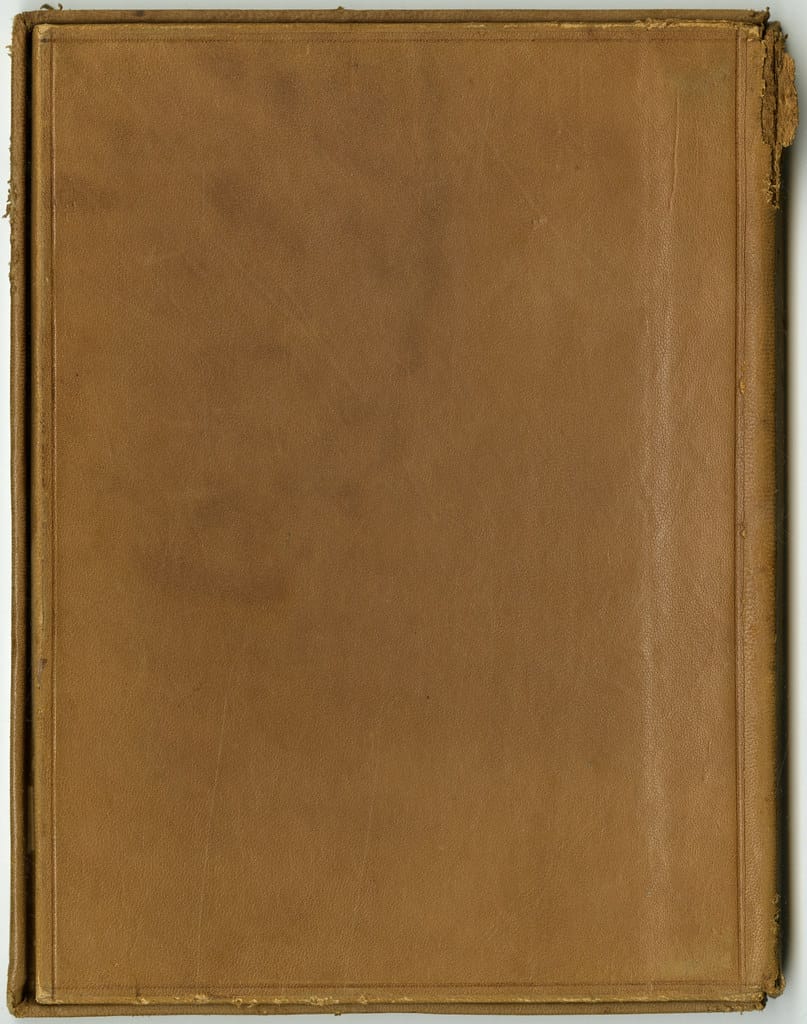Google's Gemini Gets a Hollywood Upgrade: Transform Your Photos Into Videos with Veo 3
Google has just unleashed what might be the most significant leap in AI-powered content creation yet. The tech giant's Gemini AI assistant can now transform your static photos into dynamic videos using the revolutionary Veo 3 technology, marking a pivotal moment where artificial intelligence meets Hollywood-level video production.
The Magic Behind Veo 3: When Still Images Come Alive
This isn't just another AI parlor trick. Veo 3 represents Google's most advanced video generation model, capable of understanding the nuances of movement, lighting, and context that make videos feel authentically cinematic. Unlike previous iterations that required extensive prompts or struggled with coherent motion, Veo 3 can analyze a single photograph and intelligently extrapolate realistic movement patterns.
The technology works by understanding the three-dimensional space within your photo, identifying objects, people, and environmental elements, then generating plausible motion sequences that maintain visual consistency. Whether it's making leaves rustle in a landscape photo or bringing a portrait to life with subtle facial expressions, Veo 3 creates videos that feel naturally evolved from the original image.
Beyond Simple Animation: The Technical Breakthrough
What sets Veo 3 apart from competitors like Runway's image-to-video tools or Meta's video generation experiments is its sophisticated understanding of physics and temporal consistency. The model has been trained on vast datasets of real-world video footage, allowing it to predict how objects should move based on their visual properties and environmental context.
Early demonstrations show Veo 3 handling complex scenarios with remarkable accuracy. A photo of a busy street corner transforms into a video with pedestrians walking at realistic speeds, traffic flowing naturally, and shadows moving correctly with implied lighting sources. Portrait photos gain subtle breathing motions, eye movements, and hair dynamics that would typically require professional motion graphics expertise.
The integration with Gemini means users can provide natural language instructions alongside their photos. Commands like "make this sunset more dramatic" or "add gentle wind to this landscape" give creators unprecedented control over the final video output without requiring technical video editing skills.
Creative Applications: From Social Media to Professional Production
The implications for content creators are staggering. Social media managers can now transform static product photos into engaging video content without hiring videographers or motion graphics artists. Real estate agents can bring property photos to life, showing how spaces might feel with natural movement and lighting changes.
Professional applications extend even further. Documentary filmmakers working with historical photographs can now create compelling visual narratives from archival images. Marketing teams can generate video content for campaigns using existing photography assets, significantly reducing production costs and timelines.
Educational content creators particularly benefit from this technology. Historical events, scientific concepts, or geographical features captured in photographs can now be presented with motion that enhances understanding and engagement.
The Democratization of Video Production
Perhaps most significantly, Veo 3 represents a fundamental shift in who can create professional-quality video content. Traditional video production requires expensive equipment, technical expertise, and significant time investment. This technology eliminates those barriers, making sophisticated video creation accessible to anyone with a smartphone camera and an internet connection.
The economic implications are substantial. Small businesses that previously couldn't afford professional video marketing can now compete with larger companies in creating engaging visual content. Independent artists and creators gain access to tools previously available only to well-funded production houses.
Looking Forward: The Future of AI-Generated Content
Google's integration of Veo 3 into Gemini signals a broader trend toward AI tools that understand and manipulate visual media with human-like creativity. This development likely pressures competitors to accelerate their own video generation capabilities, potentially leading to rapid improvements across the entire field.
However, this advancement also raises important questions about authenticity in digital media. As AI-generated videos become indistinguishable from human-created content, platforms and creators will need to develop new standards for transparency and disclosure.
The Bottom Line
Veo 3's integration with Gemini represents more than just a feature update—it's a fundamental shift in how we create and consume visual content. By transforming static photos into dynamic videos, Google has essentially democratized Hollywood-level production capabilities, making them accessible to creators worldwide.
For businesses, content creators, and everyday users, this technology offers unprecedented creative possibilities while dramatically reducing the time and cost barriers to professional video production. As AI continues to reshape digital media, Veo 3 stands as a compelling preview of a future where our creative ambitions are limited only by our imagination, not our technical skills or budget constraints.
